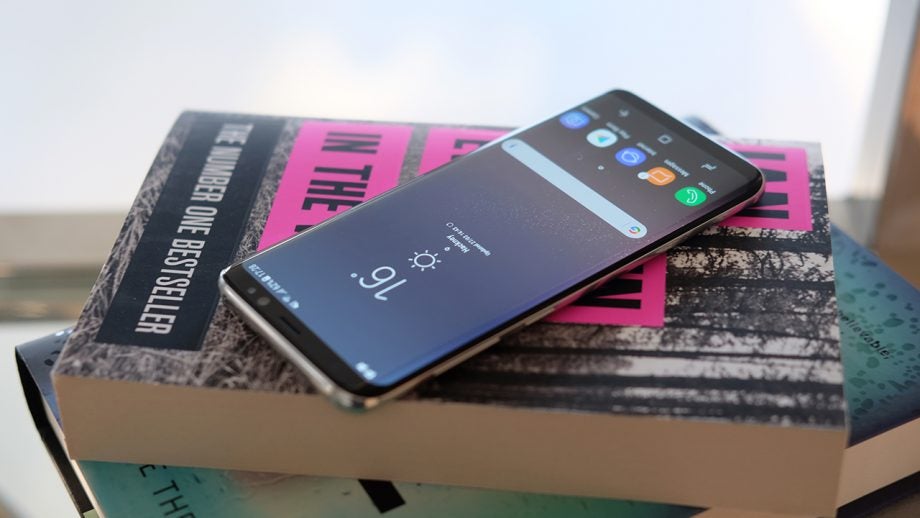Samsung Galaxy S9 might miss out on this rumoured upgrade after all

Samsung has decided against including an optical fingerprint reader under the screen of the Galaxy S9, according to The Investor. The sensor will, instead, be positioned on the back of the handset, like it is on the Galaxy S8.
Don’t panic, though. Reliable tipster Ice Universe has reason to believe that the firm has made a number of changes to the rear of the Galaxy S9 to make accessing the scanner when you’re using the device with one hand a bit easier.
Recent rumours suggest that the Galaxy S9 will feature a vertically-mounted dual-camera setup that will reside in the center of the unit, with a biometric reader located beneath it, in a similar position to the one found on the Pixel 2 XL.
It’s thought that Samsung was unable to ready the optical fingerprint scanner in time for the handset’s release, because it brought its manufacturing deadline forward to put the flagship in a better position to compete with the iPhone X.
Related: Galaxy S8 Review
If you aren’t a fan of fingerprint readers, you should find solace in speculation that Samsung’s working on a more sophisticated version of Android’s basic face recognition feature for the Galaxy S9, inspired by Apple’s Face ID.
The Galaxy S9 and Galaxy S9 Plus are tipped to sport a 5.8-inch and 6.2-inch Infinity Display, respectively, a Snapdragon 845 processor and a pressure-sensitive Home button. They should also ship running Android 8.0 Oreo.
Are you looking forward to the Galaxy S9? And do you think Samsung’s face recognition feature will be able to compete with Face ID? Be sure to let us know over on Facebook or Twitter @TrustedReviews.

